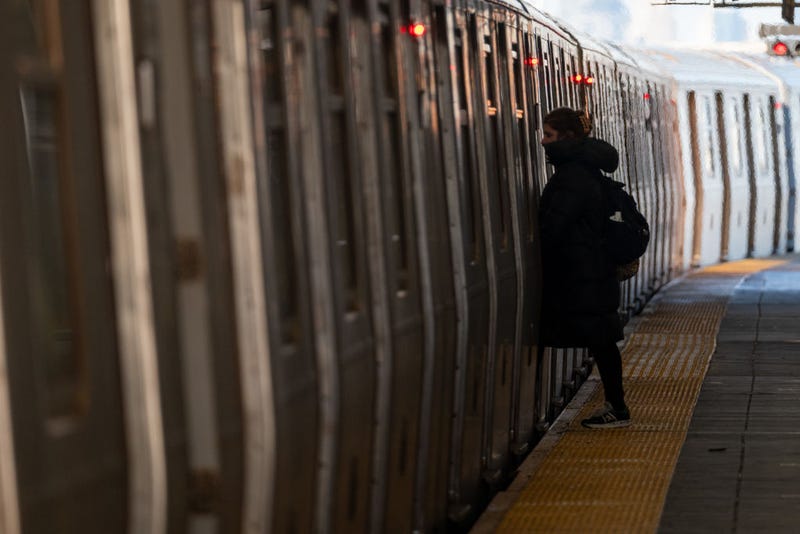
NEW YORK (1010 WINS) — The MTA is exploring a variety of preventative technology, including artificial intelligence, to flag possible issues in the subway system, agency safety officials said Monday.
According to MTA Chief Security Officer Michael Kemper, the transit authority is “studying and piloting technology like AI to sense potential trouble or problematic behavior on our subway platforms.”
“If someone is acting out, irrational, it could potentially—and again this is what we’re exploring—it could potentially trigger an alert that would trigger a response from either security and or the police department beforehand, proactively,” Kemper said at a safety committee meeting.
He explained that the MTA is working in partnership with technology companies to implement “predictive tools,” like software that can analyze footage from surveillance cameras in the subway system, in real time. The hope is that resources could be deployed before a crime is committed.
Albert Fox Cahn, executive director of the Surveillance Technology Oversight Project, raised concerns about the effectiveness and broader impacts of using AI to monitor New Yorkers.
“This sort of surveillance is pseudoscience. It’s creepy, it’s invasive and I just am really outraged that the MTA is going to give our data to a private company like this, in such a dubious way,” he said.
AI can get it wrong, Cahn said, and could lead to subway riders being framed as a threat because of certain movements like dancing or talking with their hands. He also raised concerns about potential racial biases and what the MTA will do with gathered data.
“I don’t know how long they’re allowed to keep it or what they’re allowed to do with it,” he said. “I don’t know if it’s allowed to be sent overseas or if it’s sold to third parties. It’s a real violation of trust.”
The introduction of AI is part of an ongoing push for greater security in the subway system as the MTA and Gov. Kathy Hochul work to reassure New Yorkers and the federal government that mass transit is safe.
Incidents like the fatal stabbing of a 38-year-old man at the Brooklyn Bridge–City Hall/Chambers Street station last week and several random subway shovings over the years have contributed to mounting concerns that the subway is not safe for commuters.
Felony assaults in the transit system rose to 573 in 2024, the most since at least 1997, and 10 people were murdered on the subway, according to NYPD data.
The AI initiative also comes in the wake of the Trump administration’s threat to withhold federal funding if the MTA did not present Transportation Secretary Sean Duffy with a plan on how it will reduce crime. The agency soon provided information on its strategies.
